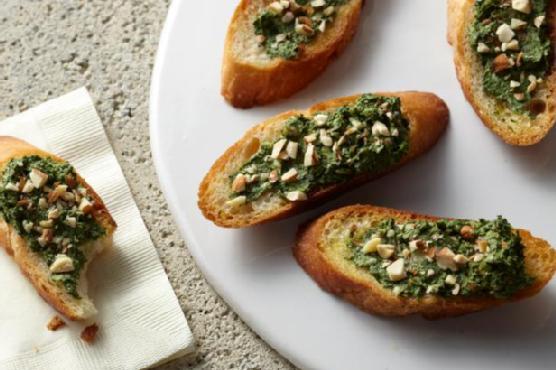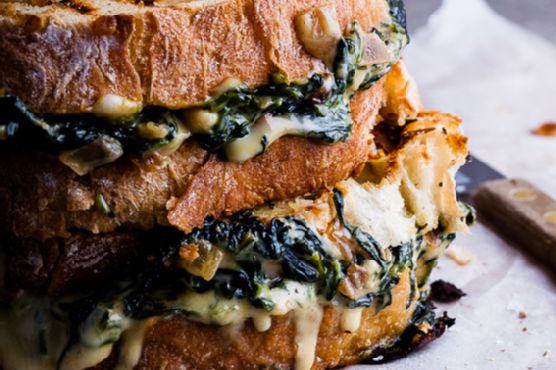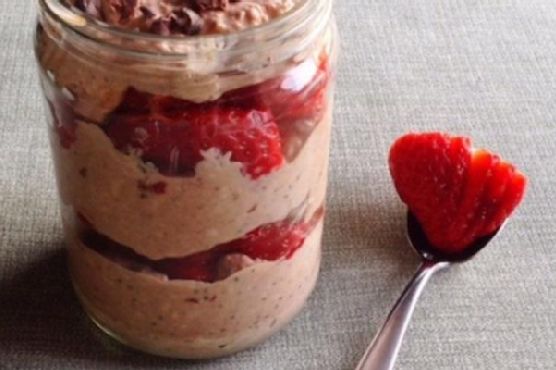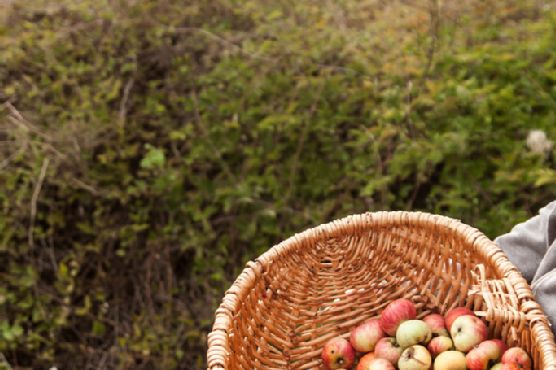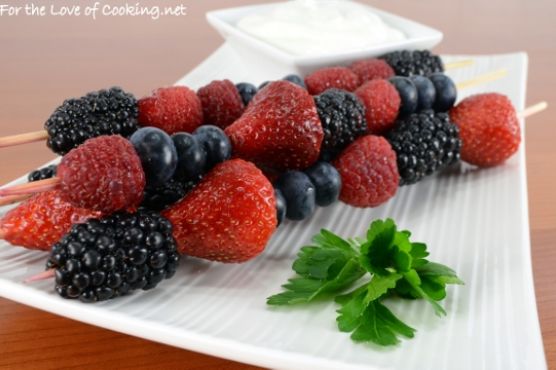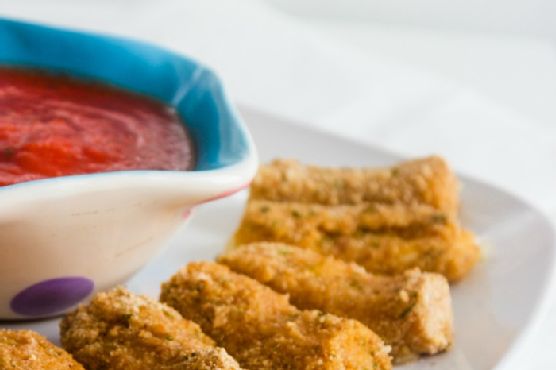Raviolo al Uovo
You can never have too many main course recipes, so give Raviolo al Uovo a try. For $2.68 per serving, this recipe covers 40% of your daily requirements of vitamins and minerals. One portion of this dish contains roughly 46g of protein, 87g of fat, and a total of 1373 calories. This recipe serves 4. 7 people have made this recipe and would make it again. From preparation to the plate, this recipe takes about 2 hours and 50 minutes. A mixture of flour, chicken stock, olive oil, and a handful of other ingredients are all it takes to make this recipe so scrumptious. It is brought to you by Foodnetwork. All things considered, we decided this recipe deserves a spoonacular score of 79%. This score is good. Try Raviolo a Mano (Hand Ravioli), Raviolo Gigante With Fried Egg, and Raviolo With Egg Yolk Truffle Butter for similar recipes.
Servings: 4
Preparation duration: 110 minutes
Cooking duration: 60 minutes
Ingredients:
4 slices bacon
1/2 cups chicken stock
2 large eggs plus 4 large egg yolks (all heirloom or organiceggs)
1 pound all-purpose flour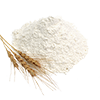
All-purpose flour, as needed
Kosher salt
1/4 cup extra-virgin olive oil
1 cup freshly grated Parmigiano, plus more for garnish
1/4 cup chopped fresh Italian parsley
2 cups ricotta cheese
10 leaves plus 2 sprigs fresh sage
Semolina flour, as needed
1 1/2 sticks unsalted butter
1 to 2 tablespoons water or more if needed
4 whole eggs, plus 1 egg yolk (all heirloom or organic eggs)
Equipment:
frying pan
bowl
pot
slotted spoon
Cooking instruction summary:
To a saute pan over medium-high heat, add the bacon and render until crispy. Remove from the heat and place onto a paper-towel-lined plate. To the bacon fat, add the sage leaves and fry until crispy, about 30 seconds. Season the sage leaves with salt. Finely chop the bacon, crumble the sage and set aside. Reserve for garnish. In a medium bowl, combine the ricotta, Parm, parsley and 2 whole eggs; mix well and sprinkle with salt. Dust a clean work surface lightly with all-purpose flour and lay out 2 sheets of pasta about 12 inches long; brush lightly with water. Equally space 4 dollops of the ricotta mixture on one of the pasta sheets. Then use a spoon to make a nest or small hole in the center of each dollop. Carefully separate the remaining eggs and put a yolk in each ricotta nest; the ricotta should lovingly nestle each yolk (if a yolk breaks, scoop it out with a spoon and don't use it). Cover the ricotta nests and egg yolk with the remaining pasta sheet. Use your index fingers to press around each ricotta nest to seal the edges. Then use a fluted ring cutter or dough roller to cut around each ravioli (they should be 3 to 4 inches in diameter). Reserve the ravioli on a tray generously dusted with semolina. Bring a large pot of well-salted water to a boil. In a large saute pan, melt the butter and chicken stock. Add the sage sprigs and season with salt. Bring this to boil (BTB) and reduce to simmer (RTS). Add the ravioli to the boiling water and cook for about 2 minutes, no more. Using a spider and slotted spoon, carefully transfer the ravioli from the water to the pan with butter and chicken stock and cook for 2 to 3 minutes. If the sauce reduces too much, add a few drops of the pasta cooking water. The sauce should cling to the ravioli in a buttery hug. Transfer the ravioli to serving plates, one per plate. Spoon a little extra sauce over each one, and finish with a sprinkey-dink of grated Parm, the bacon and then the fried sage. Put the all-purpose flour on a clean, dry work surface. Make a hole (this is also called a well) in the center of the flour pile that is about 8 inches wide (bigger is definitely better here). Crack all of the eggs and the yolk into the hole and add the olive oil, water and salt. Using a fork, beat the eggs together with the olive oil, water and salt. Using the fork, begin to incorporate the flour into the egg mixture; be careful not to break the sides of the well or the egg mixture will run all over your board and you will have a big mess! Also, don't worry about the lumps. When enough flour has been incorporated into the egg mixture that it will not run all over the place when the sides of the well are broken, begin to use your hands to really get everything well combined. If the mixture is tight and dry, wet your hands and begin kneading with wet hands. When the mixture has really come together to a homogeneous mixture, THEN you can start kneading. When kneading it is VERY important to put your body weight into it, get on top of the dough to really stretch it and not to tear the dough. Using the heels of your palms, roll the dough to create a very smooooooth, supple dough. When done the dough should look VERY smooth and feel almost velvety. Kneading will usually take from 8 to 10 minutes for an experienced kneader and 10 to 15 for an inexperienced kneader. Put your body weight into it, you need to knead! This is where the perfect, toothsome texture of your pasta is formed. Get in there and have fun! When the pasta has been kneaded to the perfect consistency, wrap it in plastic and let rest for at least 1 hour. If using immediately do not refrigerate. Roll and cut the pasta into desired shape. How smooth and supple!
Step by step:
1. To a saute pan over medium-high heat, add the bacon and render until crispy.
2. Remove from the heat and place onto a paper-towel-lined plate. To the bacon fat, add the sage leaves and fry until crispy, about 30 seconds. Season the sage leaves with salt. Finely chop the bacon, crumble the sage and set aside. Reserve for garnish.
3. In a medium bowl, combine the ricotta, Parm, parsley and 2 whole eggs; mix well and sprinkle with salt.
4. Dust a clean work surface lightly with all-purpose flour and lay out 2 sheets of pasta about 12 inches long; brush lightly with water. Equally space 4 dollops of the ricotta mixture on one of the pasta sheets. Then use a spoon to make a nest or small hole in the center of each dollop. Carefully separate the remaining eggs and put a yolk in each ricotta nest; the ricotta should lovingly nestle each yolk (if a yolk breaks, scoop it out with a spoon and don't use it).
5. Cover the ricotta nests and egg yolk with the remaining pasta sheet. Use your index fingers to press around each ricotta nest to seal the edges. Then use a fluted ring cutter or dough roller to cut around each ravioli (they should be 3 to 4 inches in diameter). Reserve the ravioli on a tray generously dusted with semolina.
6. Bring a large pot of well-salted water to a boil. In a large saute pan, melt the butter and chicken stock.
7. Add the sage sprigs and season with salt. Bring this to boil (BTB) and reduce to simmer (RTS).
8. Add the ravioli to the boiling water and cook for about 2 minutes, no more. Using a spider and slotted spoon, carefully transfer the ravioli from the water to the pan with butter and chicken stock and cook for 2 to 3 minutes. If the sauce reduces too much, add a few drops of the pasta cooking water. The sauce should cling to the ravioli in a buttery hug.
9. Transfer the ravioli to serving plates, one per plate. Spoon a little extra sauce over each one, and finish with a sprinkey-dink of grated Parm, the bacon and then the fried sage.
10. Put the all-purpose flour on a clean, dry work surface. Make a hole (this is also called a well) in the center of the flour pile that is about 8 inches wide (bigger is definitely better here). Crack all of the eggs and the yolk into the hole and add the olive oil, water and salt.
11. Using a fork, beat the eggs together with the olive oil, water and salt. Using the fork, begin to incorporate the flour into the egg mixture; be careful not to break the sides of the well or the egg mixture will run all over your board and you will have a big mess! Also, don't worry about the lumps. When enough flour has been incorporated into the egg mixture that it will not run all over the place when the sides of the well are broken, begin to use your hands to really get everything well combined. If the mixture is tight and dry, wet your hands and begin kneading with wet hands. When the mixture has really come together to a homogeneous mixture, THEN you can start kneading.
12. When kneading it is VERY important to put your body weight into it, get on top of the dough to really stretch it and not to tear the dough. Using the heels of your palms, roll the dough to create a very smooooooth, supple dough. When done the dough should look VERY smooth and feel almost velvety. Kneading will usually take from 8 to 10 minutes for an experienced kneader and 10 to 15 for an inexperienced kneader. Put your body weight into it, you need to knead! This is where the perfect, toothsome texture of your pasta is formed. Get in there and have fun!
13. When the pasta has been kneaded to the perfect consistency, wrap it in plastic and let rest for at least 1 hour. If using immediately do not refrigerate.
14. Roll and cut the pasta into desired shape.
15. How smooth and supple!
Nutrition Information:
covered percent of daily need






